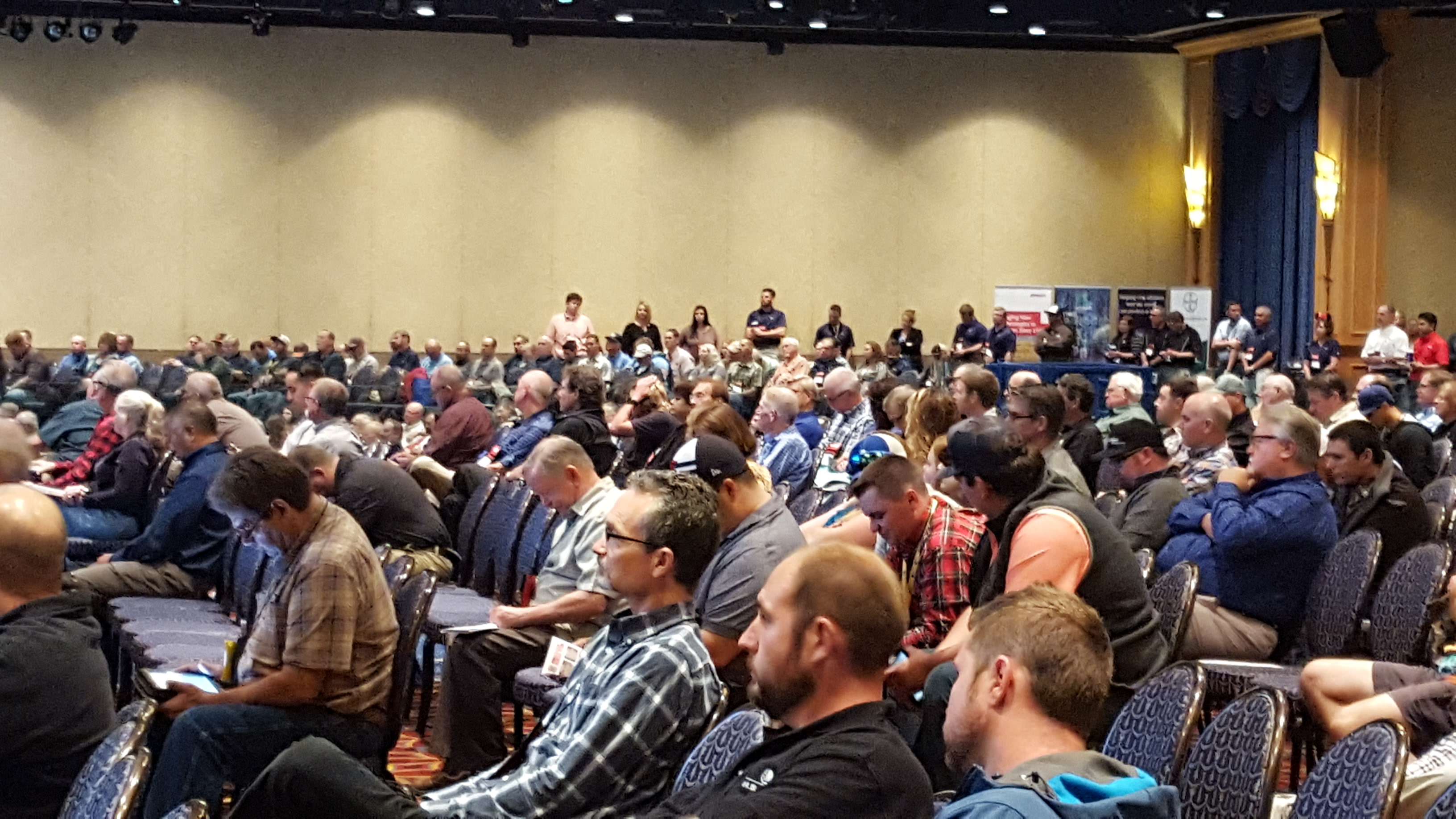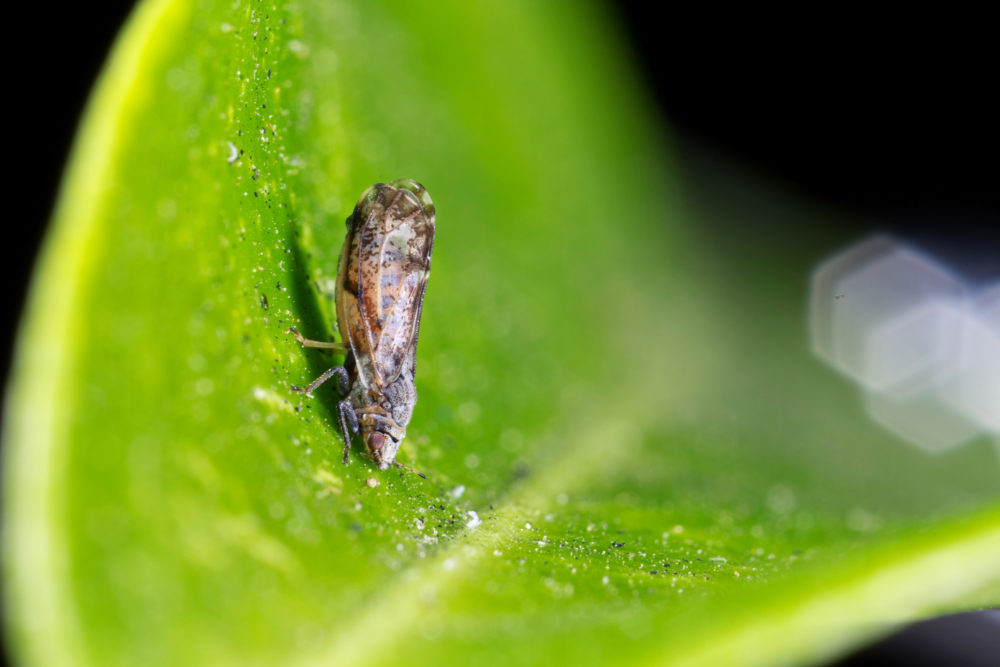Cannabis Growers Not Following Regs
Cannabis Growers Must Adhere to Crop Protection Regulations
By Patrick Cavanaugh, Farm News Director
There’s a whole lot of trouble going on for California cannabis growers. They need crop protection products for pests – such as mites, aphids, thrips, and mealybugs – and diseases, including powdery mildew, alternaria and pythium.
Now legally grown in the state, cannabis meets the definition of an agriculture crop and must adhere to all agricultural regulations and best management practices. This includes all Pest Control Advisor-written recommendations. As few products are approved for application on cannabis in the state, as well as nationwide, a PCA can now be cited for recommending a product that has not been officially registered and approved for a use on cannabis, specifically. With legal cannabis production going mainstream in California, PCAs face this risky predicament regularly.
“I discussed this point with Department of Pesticide Regulation (DPR) Director Brian Leahy this past week,” said Rachel Kubiak, DPR Pesticide Programs Division, Cannabis Program Supervisor. “I think we are at a point now where it’s important that we make policy decisions so PCAs know, as stakeholders, what our expectations are. PCAs deserve for us to do that, so we are working internally right now to try to get a lot of answers to these questions.”
Cannabis growers will have to buy products from licensed agricultural dealers.
“I understand, in talking to different folks, that many companies are not comfortable with the liability of attaining DPR registration approval for cannabis application and are therefore advising not to sell product to cannabis growers,” Kubiak said. “I completely understand that.”
“Going forward as a department, the concern, I think, is to bring as many farmers into the legal crop protection market as possible,” Kubiak said. “They are going to go exactly where they have been buying the products from, right? And if PCAs do not sell to them, but the cannabis growers must buy from them, these growers will have to purchase their crop protection products online, from Home Depot, or anyplace else. I can almost guarantee you that 95% or probably more of the cannabis farmers I’ve talked to over the last couple of months have no idea what we are talking about regarding applying registered materials to registered crops.”
“They have no idea that you cannot buy product anyplace and apply it as a pesticide,” she explained. “They do not know how to store it. So we have a lot of work to do in a very short period of time to bring these people into compliance and understanding.”
The scenario is even dicier for California County Agricultural Commissioners. These commissioners are required to enforce regulations on cannabis, as they are for any other commodity.
“We are working with the county ag commissioners to figure out how we need to proceed with and advise on this,” Kubiack said.
“I will tell you, usually as a department,” Kubiak explained, “we are inundated by the environmental justice community. Yet, they have been completely absent to this point on this particular commodity. So it’s almost bizarre and unusual not to be hit continuously from the left. But understandably, again, we’re now getting into these forums in which the Ag community has a voice and an interest,” Kubiak said.
“I’ve heard from both sides,” she continued. “I have heard from different Ag groups and PCAs who have said, ‘You know, we see a need for this—by a whole industry of people,’” she said.
And that whole industry, the cannabis growers of California, is crossing the regulatory line in crop protection. It has been reported that cannabis growers are creating a lot of environmental damage as well as worker safety concerns. Cannabis is grown primarily indoors, and according to Kubiak, “People are using pesticides without any concept of what they’re doing. Normally we would recommend that they talk to a professional, but that puts licensed PCAs in a hard spot because they cannot write a recommendation for a product that is not legally approved for use on that product.”
Kubiak said DPR is trying to bring as many of cannabis growers into the light as possible, “so that we have some regulation. Again, clearly this has been going on for a really long time, but at least now we are trying to go into areas in which we have some regulation but where people are not necessarily informed. So we bring crop protection management more into the light than ever before,” she said.
Is the DPR at a big turning point in working with county Ag commissioners?
“In the absence of putting up a product list,” Kubiak asked, “what is quasi-legal and what is not quasi-legal? We are trying to come up with solutions to some of these dilemmas.”
“There are counties that want the flexibility. Boards of supervisors and their counties are economically dependent upon this newly emerging industry that’s been in the North Coast for decades. They want the ability to use discretion. Nevertheless, Ag commissioners in other counties clearly are not comfortable with that whatsoever,” Kubiak said.



















 In a ingenious effort to control the spread of the psyllid, t
In a ingenious effort to control the spread of the psyllid, t













